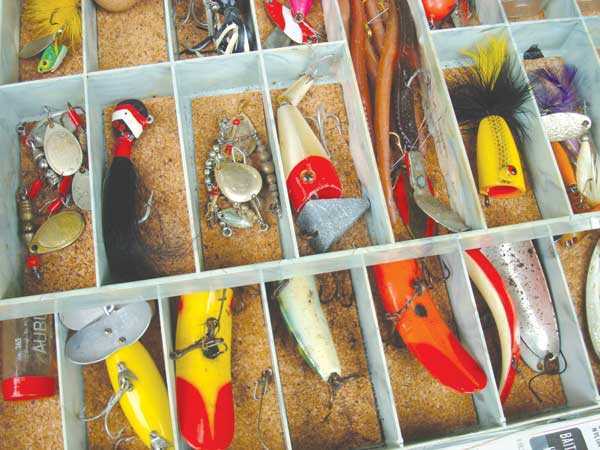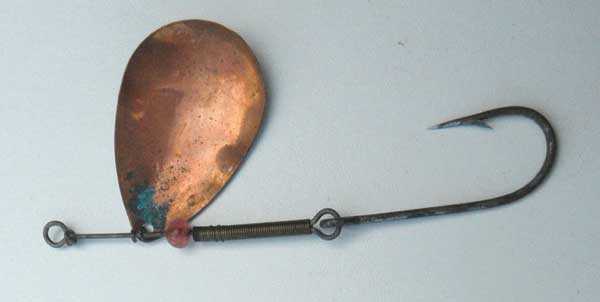Two primitive Calcutta surf rods boasting a pair of hose clamps to hold the reel in place and a couple of guides to control the line are nestled against an inside wall of my garage. These twelve-foot monsters were my father’s choice for surf fishing back when I barely stood waist high to him. Memory teases me about the times I jigged a leadheaded bucktail off a bridge with a five-foot bait-casting rod crafted from bamboo. That rod had a serious curvature down toward the water caused by battling too many fish with it.
You might want to call these outfits antique tackle, but they were commonplace within my lifetime. The basic metamorphosis of fishing tackle follows a path of continuously trying to improve on what already is being marketed. Two-piece rods back then had metal ferrules. At times, trying to get those ferrules apart took two strong men and four arms.
During World War II, it was not uncommon to see flyrods and bait casting rods made from stainless steel, because bamboo was difficult to get. An offshoot of the war was the development of fiberglass and solid fiberglass rods made their first appearance followed by tubular fiberglass and finally graphite. Tubular fiberglass and graphite had ferrules for two-piece rods incorporated in their design. Five and six-sided bamboo flyrods are still being produced for the purist, but most flyrods today are graphite.
Snake guides formed by twisting wire were the guides of choice on many of the early rods and they are still among the finest guides ever produced. From there, rod makers opted for chrome guides followed by countless versions of ceramics and then titanium frames. The latest challenge pits single foot guides against the traditional double foot version.
Reel seats also changed with time. A few dedicated surf casters still prefer hose clamps to hold the reel, but we have slowly and progressively moved through different materials and designs. Nickel silver fashioned into the shape of the modern reel seat was an early entry. From there, designers went to chrome over brass and then graphite. Today, you can even get colored aluminum reel seats.
The true antique reels were those created back in the 1800s by watchmakers. They were so smooth in their operation and yet there were no bushings to shoulder the load. Most of these lacked a drag. Early surf casting reels often had a tongue-shaped piece of leather that attached to the top bar on the reel and enabled the angler to thumb the spool during the cast or add drag when fighting a fish. Fly reels of that era also lacked drag. When drag was finally added to reels, star wheels appeared everywhere.
A major breakthrough in reels centered on the addition of bushings starting with two. Then, reels appeared with four ball bearings and the number kept growing until you can find reels with at least a dozen or more.
It was 1946 when the first few spinning reels began to invade America. They had originated in Europe and military personnel began sending them home. My father had one in 1947 and had to have a rod built for it. The big selling point was simply that a spinning reel did not backlash. Over the years, improvement after improvement made the spinning reel better and better. Although they were originally made in small sizes, spinning reels today run the spectrum from miniature to massive.
While the focus was on spinning, top of the line offshore reels began to rely on a lever drag instead of the starwheel. These were expensive models and limited to use by the serious big game fisherman. Eventually, the lever drag found its way to smaller, moderately priced reels and it is standard for many anglers today.
When I was a boy, my father had two line drying racks for linen line. At the end of each day’s fishing, the line was taken off the reel and cranked on the rack until it dried. Each thread of linen line tested three pounds. Dacron finally replaced linen as the line of choice and was in use until monofilament appeared on the scene. There were several formulae for monofilament including a copolymer line. Then, fluorocarbon came along, but its main purpose was as leader material because it came close to the refractive index of water. Finally, braid is the latest line to catch the attention of fishermen and it is extremely popular right now because of its small diameter versus breaking strength.
A number of anglers who saw all these tackle improvements still fish and, out of courtesy to them, I’m not about to call it antique tackle.
[easy-social-share]

